Mahjong, a captivating and strategic tile-based game that originated in China, has gained great popularity worldwide. With its unique blend of skill, strategy, and a touch of luck, Mahjong continues to captivate players of all ages. One key aspect of mastering Mahjong lies in understanding the specific terminology associated with the game. In this blog post, we’ll explore and demystify some common Mahjong terms, including Pong, Kong, Chow, Meld, Suit tiles, Honor tiles, Circles, Bamboos, Characters and more. Let’s dive in!

*This post may contain affiliate links, which means, that if you make a purchase through those links, we may earn a small comission at no extra cost to you. Please read the full dislosure here.
Melds are sets of three or four tiles that have been collected by a player. There are three types of melds: chows, pungs, and kongs.
- Pong, also known as Pung, refers to a set of three identical tiles of the same rank. When a player acquires three matching tiles either by drawing from the wall or claiming a discarded tile, they form a Pong. It is an essential element in completing a winning hand.
- A Kong is a set of four identical tiles. It is similar to a Pong but with an additional tile. Kongs can be formed in two ways: either by drawing the fourth matching tile from the wall, known as a concealed Kong, or by claiming a discarded tile to complete the set, referred to as an exposed Kong.
- A Chow, or a sequence, is a set of three tiles from the same suit that form a consecutive sequence. For example, the tiles 2, 3, and 4 of the bamboo suit would create a Chow. Chows can only be formed using numerical tiles within the same suit.
A Pair is a set of two identical tiles. In Mahjong, players must collect a pair and four melds (or a pair and a special hand) to win the game.
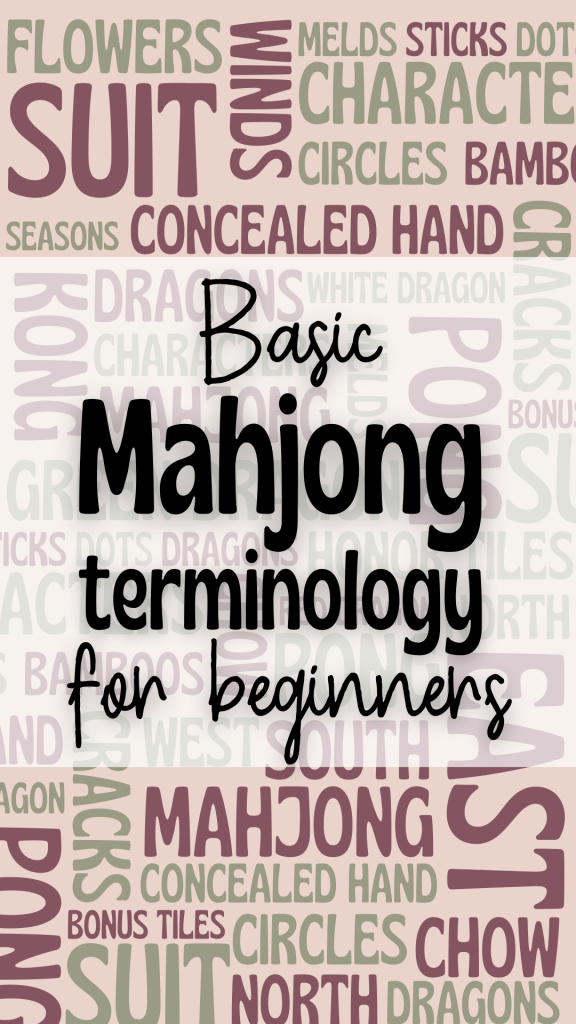
Suit tiles: Mahjong tiles are categorized into three main suits: circles (known also as dots), bamboos (known also as sticks) and characters (known also as cracks). Each suit consists of tiles numbered from 1 to 9. The suit represents the numerical tiles in the game and is an essential component in forming sequences or melds.
Honor tiles: Apart from the numerical suits, Mahjong also features honor tiles. Honor tiles consist of two types: Winds and Dragons. Winds are represented by the four directions: East, South, West, and North. Dragons include the Red Dragon, Green Dragon, and White Dragon (also known as a Soap) tiles.
Bonus tiles: Bonus tiles are special tiles that can be used to increase the value of a player’s hand. There are four bonus tiles of the flowers and four bonus season tiles. (Here you can find a whole article about mahjong tiles, including an image expamles).
A concealed hand is a hand in which a player does not reveal any melds until they are ready to win the game. Concealing the hand can be a strategy to avoid giving away information to other players.
Special hands are specific combinations of melds that have a higher point value than a standard hand. Some examples of special hands include the seven pairs hand (which consists of seven pairs of identical tiles) and the thirteen orphans hand (which consists of one of each type of honor tile and each of the one and nine suit tiles).
Joker: Some Mahjong sets include one or more Joker tiles. Jokers can be used as substitutes for any other tile, allowing players to complete sets or melds more easily. However, specific rules may vary regarding the use of Jokers in different variations of the game.
Dead Wall: The Dead Wall refers to a section of tiles at the end of the wall that is not used during the regular gameplay. These tiles are set aside and are typically not accessible to players. The Dead Wall is primarily used to replenish the wall when it runs out of tiles.
Dealer: In Mahjong, the Dealer, also known as the East, is a rotating position that determines the order of play and specific rules for scoring. The Dealer has certain advantages and responsibilities, including the right to claim the first tile from the wall and the ability to score more points for certain winning hands.
Understanding the terminology of Mahjong is essential to playing the game successfully. By knowing the difference between tiles, melds, pairs, and special hands, players can develop better strategies and improve their chances of winning. So, practice your Mahjong skills, remember to follow proper etiquette, and most importantly, have fun!
You may be interested in our free printable Mahjong Tiles cheatsheet for beginners.
Mahjong Calendar (Planner) 2025 – Free Printable
Are you ready for another year filled with Mahjong magic and organization? We’ve got something speci…
50 Stylish Mahjong Tote Bags to Show Off Your Love for the Game
Mahjong enthusiasts, rejoice! If you love the game as much as we do, you know that it’s not ju…
DIY Mahjong Tiles Envelope: Add a Unique Touch to Your Stationery
Hey there, fellow mahjong enthusiasts! If you love the game as much as I do, you’re always looking f…
From Tiles to Treats: Crafting Mahjong Gingerbread
Hey there! So, picture this: it’s Easter week, and my daughter and I decided to get our bake o…
Unveiling Vol. 3: More Mahjong Magic in Our Coloring Pages Collection!
Hey Mahjong enthusiasts and coloring aficionados! 🀄✨ We’re absolutely thrilled to roll out the…
Sip in Style: 30+ Mahjong-Themed Mugs to Brighten Your Tea/Coffee Time!
Hey, fellow mahjong enthusiasts! If you’re as passionate about the click-clack of tiles and th…

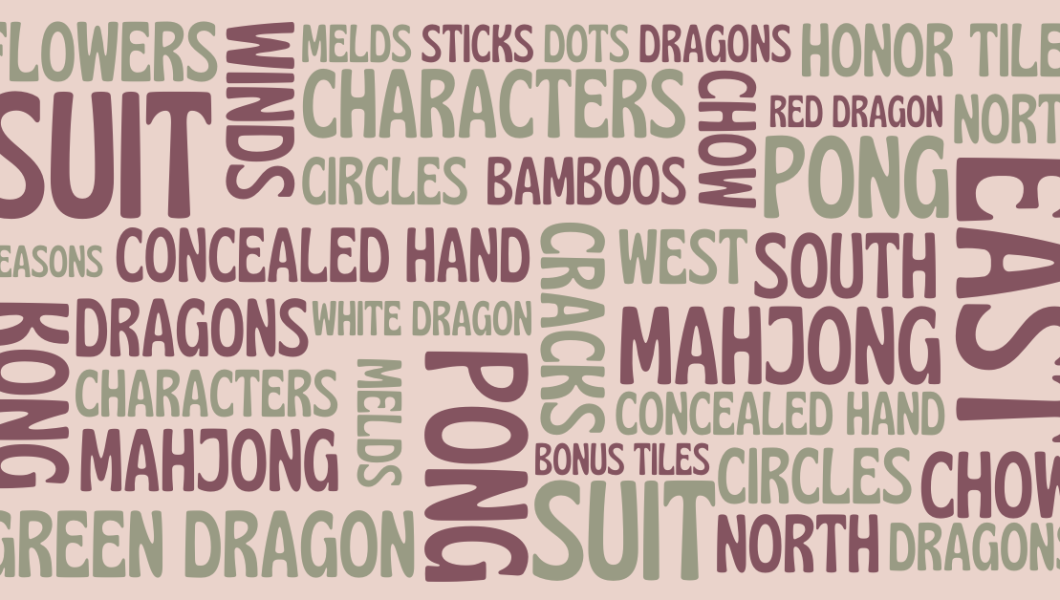

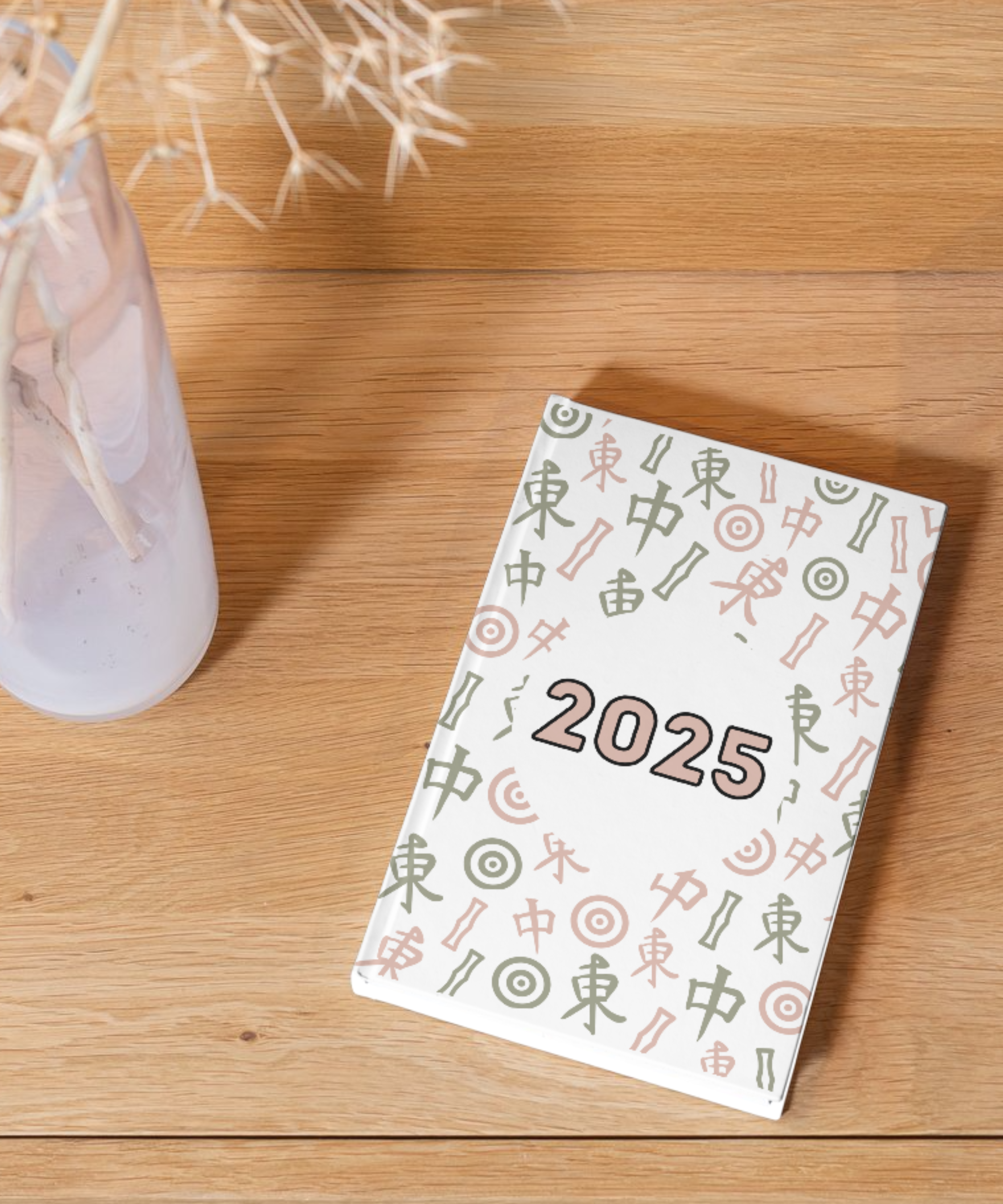

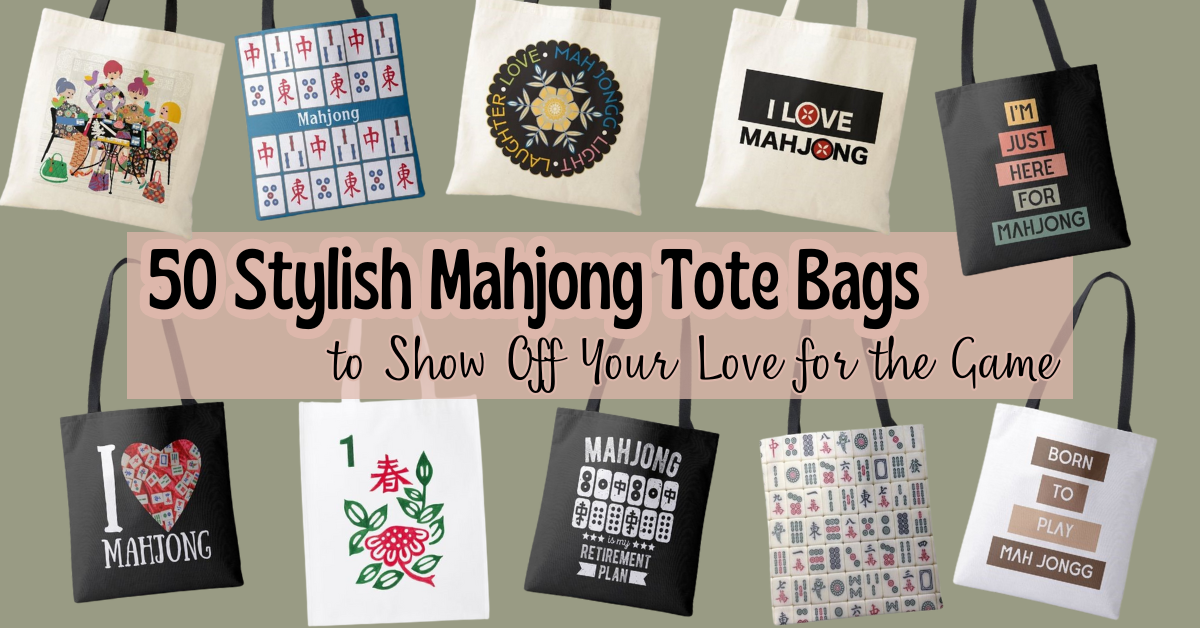
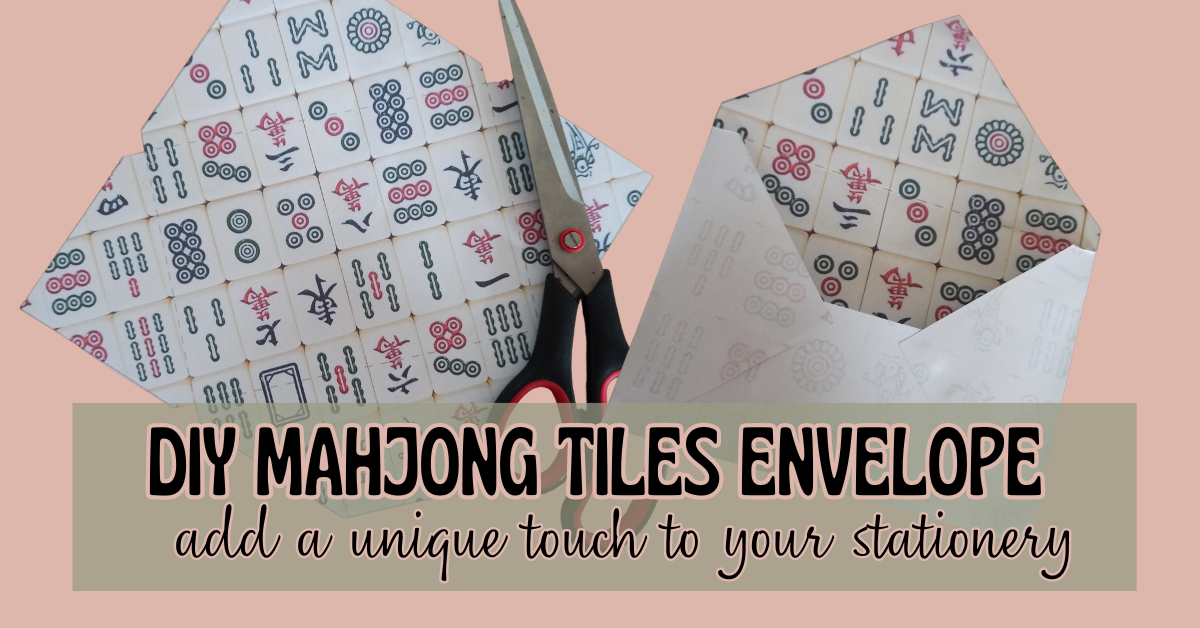
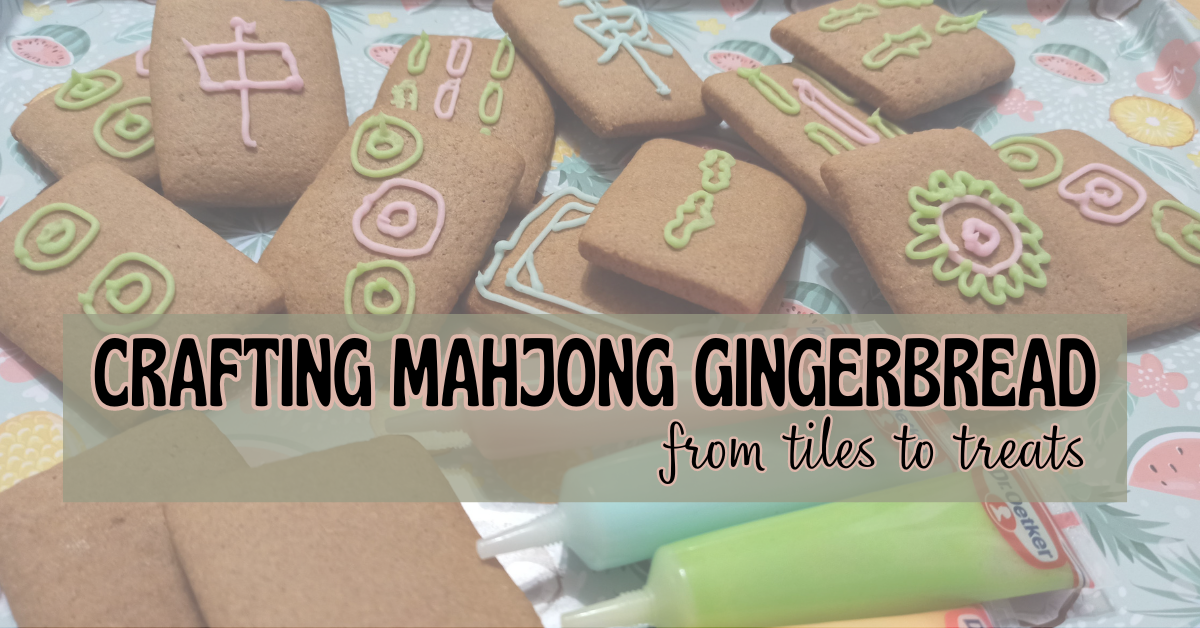
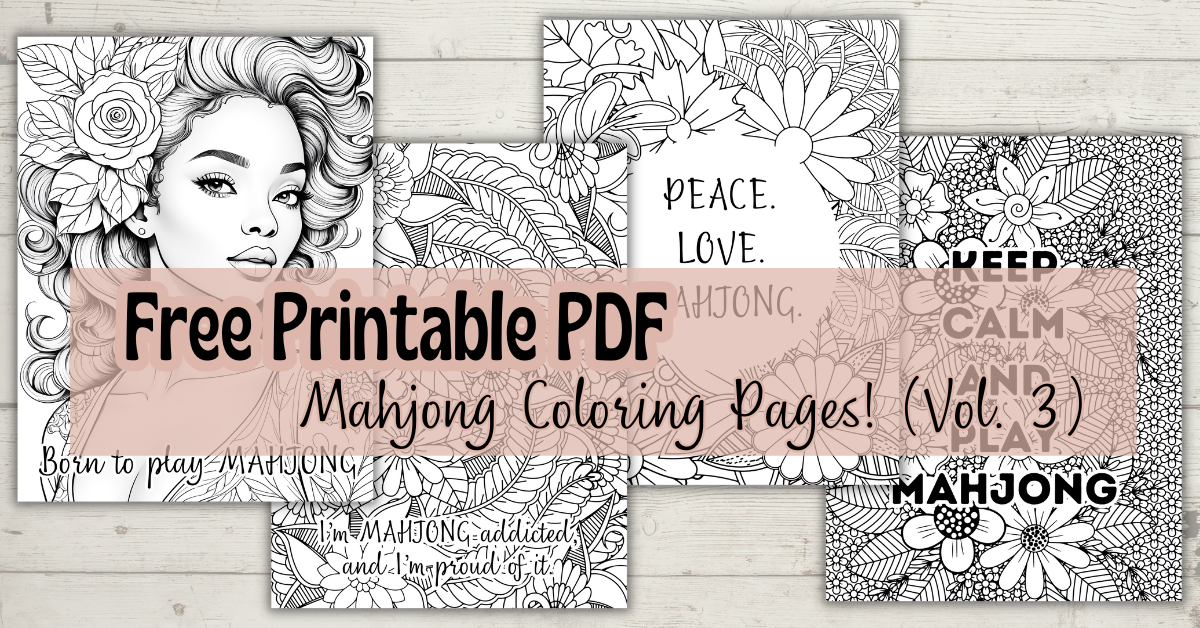

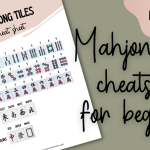

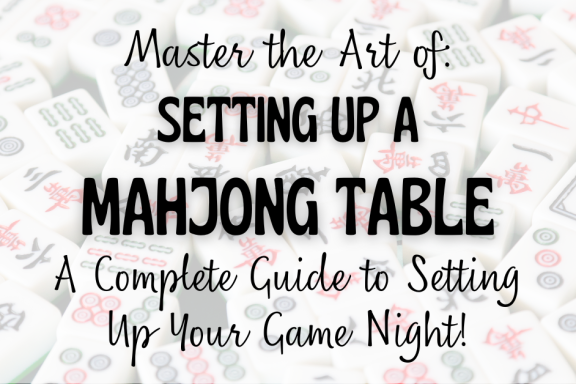

Asking questions are genuinely nice thing if you are not understanding anything totally, but this paragraph provides fastidious understanding even.
Hi there!
I’m very happy to hear that you found the post helpful and that it provided a clear understanding. Have a fantastic day!
Hi, I thіnk your webѕite might be having browser compatibility
issues. When I look at your blog in Opera, it looks fine but when opening in Ιnternet Expⅼorеr,
it has some overlapping. Ι just wanted tօ give you a quick һeаds up!
Other then that, awesome blog!
Hi there!
Thank you very much for your feedback! I just did some updates and on my computer (using Internet Explorer) it seems OK now. If you still experience some overlapping, could you please let me know? Thanks again and have a nice day!